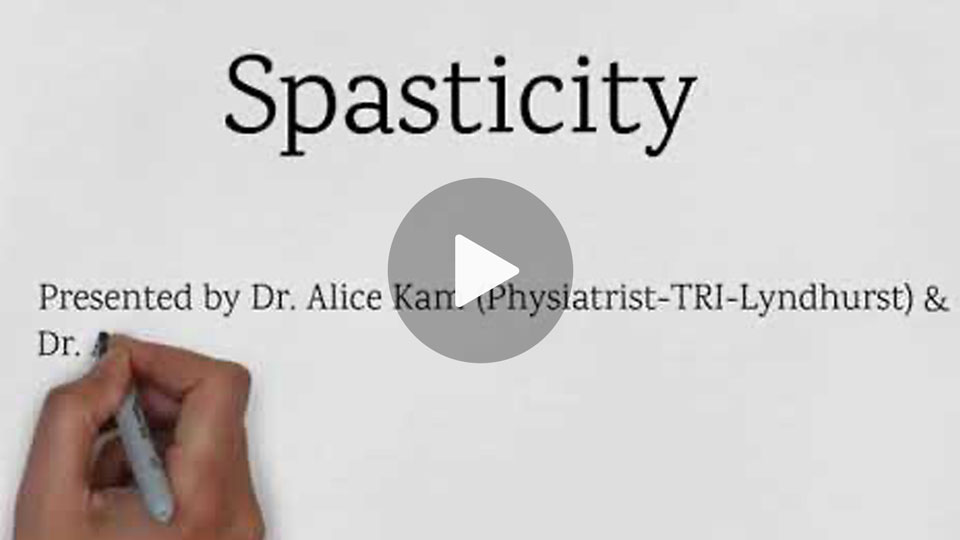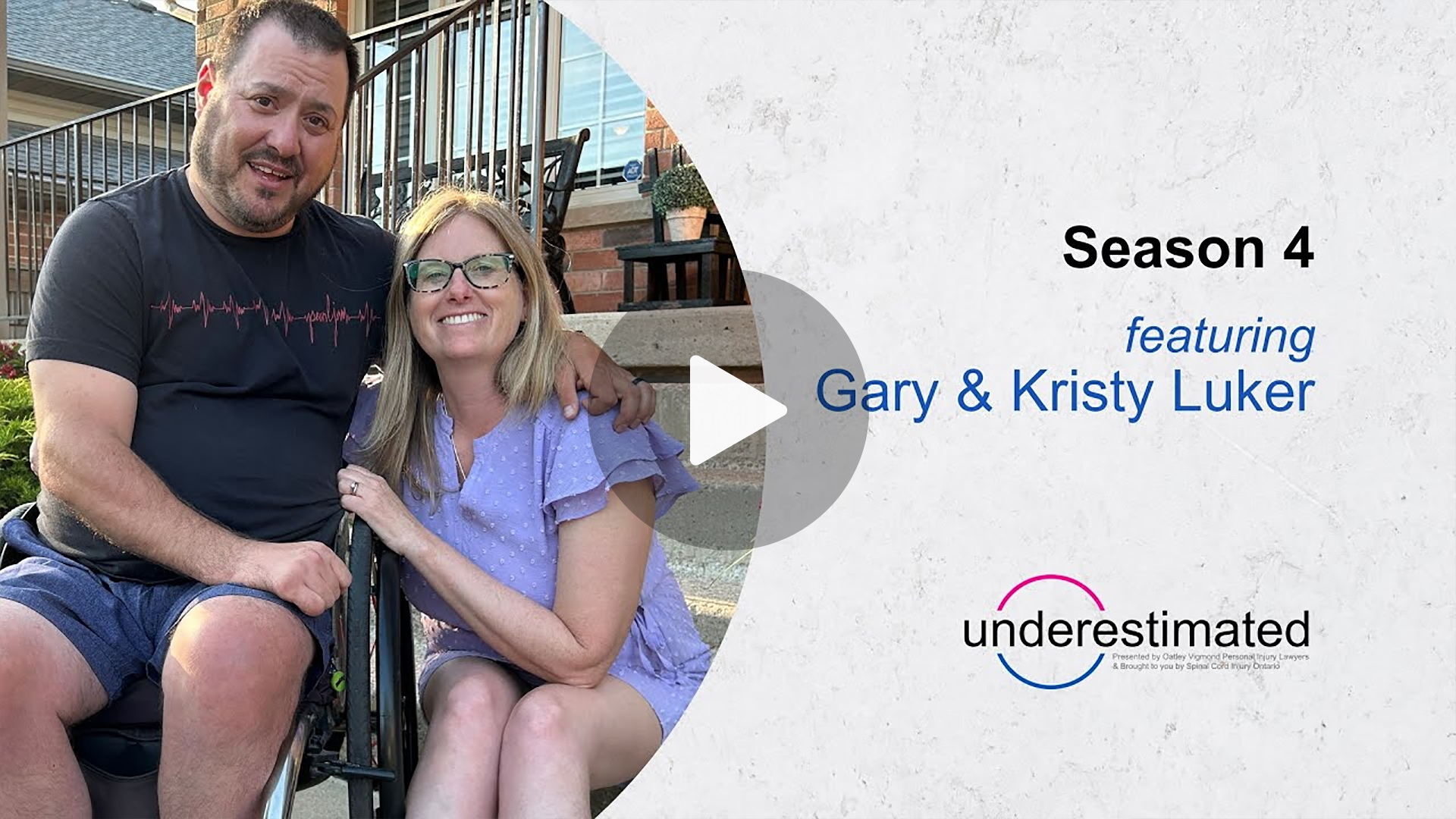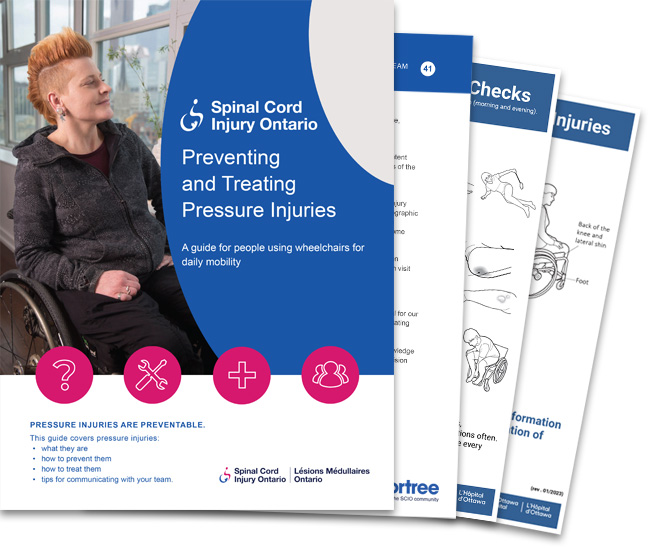In this video, I go to Lyndhurst Rehab Centre in Toronto, Ontario to interview Dr. Alice Kam about spasticity and spinal cord injury.
Today, we discuss spasticity after spinal cord injury, with paraplegic & quadriplegic spinal cord injury complications. Dr. Kam walks through what spasticity is, and how muscle spasms affect people with spinal cord injury. He also talks about some of the ways doctors treat these types of spasms. There is a medical condition called spasticity, and we created this video to provide education to individuals who have sustained a spinal cord injury. This video will help you to better understand what spasticity is and how to minimize it, with the goal of improving your quality of life.
Spasticity is the tightness and stiffness of muscles caused by neurological events such as spinal cord injury and other neurological diseases. It can affect your arms legs, bowel and bladder muscles, and it can have a significant effect on your everyday life. Spasticity creates excessive muscle contraction due to signal disruption to the nerve cells. It leads to increased difficulty moving your arms and legs, limited range of movement, too much movement-induced pain with forced movement and uncoordinated spasm.
How long is the spasticity is going to last? It will last as long as you have a spinal cord injury. The spasm will increase or decrease over time. What can you do to optimize it? You can use equipment brace to control movements following a regular bowel routine. To avoid bowel spasm, using good urination routine to avoid overactive bladder, eating a healthy balanced diet, daily stretching and proper positioning, other options to manage spasms. On medications, injections, getting a pump inserted in your body or surgical options.
We know that spasticity is a common complication of spinal cord injury (SCI) and can be defined as an uncontrolled contraction of muscles. Spasticity is usually classified as either upper-limb spasticity or lower-limb spasticity. The symptoms of spasticity can range from mild to severe, with the most common symptoms being muscle stiffness, muscle cramping, and muscle tightness. There are two types of treatment for spasticity: pharmacological treatments and physical therapy. The main goal of treatment is to reduce the severity of symptoms through medication or physical therapy in order to improve patient quality of life.
If you want to talk more about spasm or spasticity, please contact us at Toronto Rehab Outpatient Clinic or SDI Ontario. If you enjoyed this video about spasticity after spinal cord injury, with paraplegic & quadriplegic spinal cord injury complications, please remember to like, share, subscribe and leave a comment if you have any questions, suggestions, or feedback. We hope to see you here again soon!





